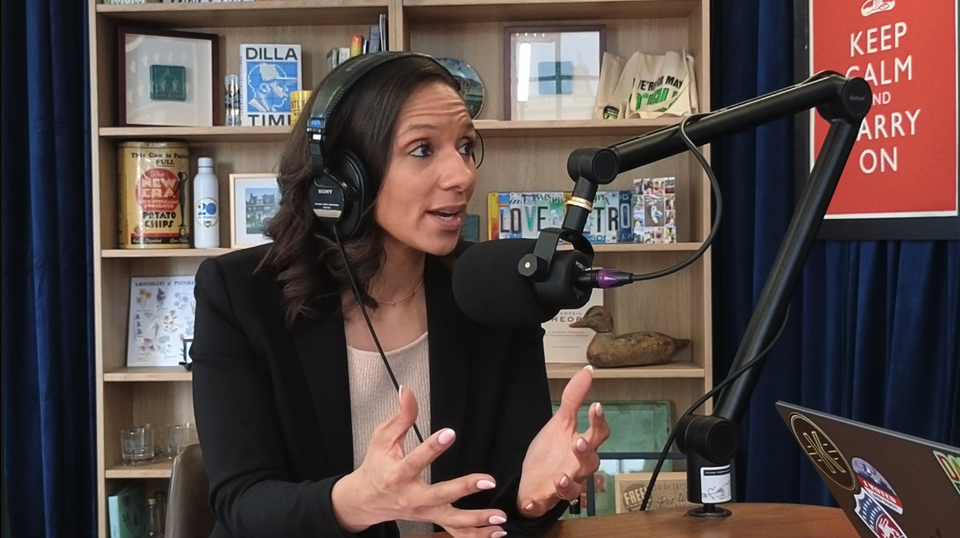One of the most anticipated – and debated – additions to Detroit’s streets is that of the QLINE. That’s the 3.3 mile long streetcar that begins service down Woodward Avenue on May 12.
One of the early complaints about the QLINE online is the speed of the streetcar. End to end, it takes about 25 minutes (as timed by our riding it today).
Here’s the thing. It could go much faster, if there were more governmental cooperation. It turns out the speed of the streetcar isn’t as much limited by mechanics.
It could go double the speed it does now safely on the tracks and systems in place.

In order to make higher speed a reality, something called “signal priority” would have to happen up and down the route. It’s used in quite a few cities around the world.
That means the traffic lights and signals sync up, generally based on a kind of proximity sensor, with travel of the streetcar as it goes down the route to lessen the number of in-traffic stops.
Currently, on some intersections, the QLINE will get a 15 second head start thanks to special traffic lights that let the streetcar goes first. But more could be done, according to Dan Lijana, Communications Officer for M1-Rail.

What it would take is government cooperation, as Woodward’s signals are control partly by the Michigan Department of Transportation, and partly by the city of Detroit.
“It would take a lot of coordination, because if you change the signals going north/south, you’re changing them going east and west,” said Lijana. “Multiple entities including MDOT, the City, DDOT, to work with along with the QLINE to make something like that happen.”
But it could happen and it has been discussed.
“All of the entities being together under Regional Transit would certainly speed the progress toward not just signal pre-emption, but universal fare card. A universal app to ride all the different systems,” said Lijana. “It’s a little a difficult to do it without that authority, but we continue to work toward that.”
The last Regional Transit System proposed was defeated at the ballot box in 2016, mostly due to Macomb County’s overwhelming opposition.
Another thing that’s interesting about the QLINE is contrary to other reports, the system has been built to expand.
“The tracks are set up so we could accommodate a larger system – people were thinking ahead,” said Lijana on the media tour.
It’s going to be interesting to follow this and see just how far ahead we actually go in the next few years.














